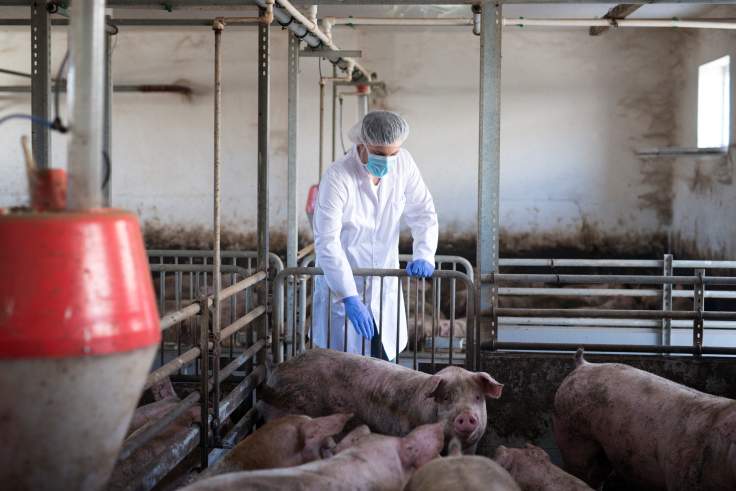
Pig farms in Romania face significant gaps compared to those in the European Union, both in terms of productivity and biosecurity. According to Eurostat, the average growth rate in Romanian pig fattening farms is 650 g daily gain per animal, compared to 850–900 g in farms across Western Europe.
Another major gap is the piglet survival rate, which in Romania stands at 75–78%, versus over 85% in farms in Germany or Denmark. These differences are due to the lack of investment in genetics, management, and modern infrastructure. In addition, African swine fever continues to pose a major risk for domestic farms.
The live pig price in Romania was 8.5 lei/kg in 2024, close to the European average, but production costs are higher because of reduced efficiency. Large vertically integrated farms manage to come close to European standards, while small and medium-sized farms remain vulnerable.
Experts suggest solutions such as investments in high-performance genetics, efficient feeding technologies, and the strengthening of farmer associations. Accessing EU funds through the CAP Strategic Plan (PNS) and partnerships with processors could help reduce these gaps and bring the Romanian pig sector closer to the European competitive level.
(Photo: Freepik)




